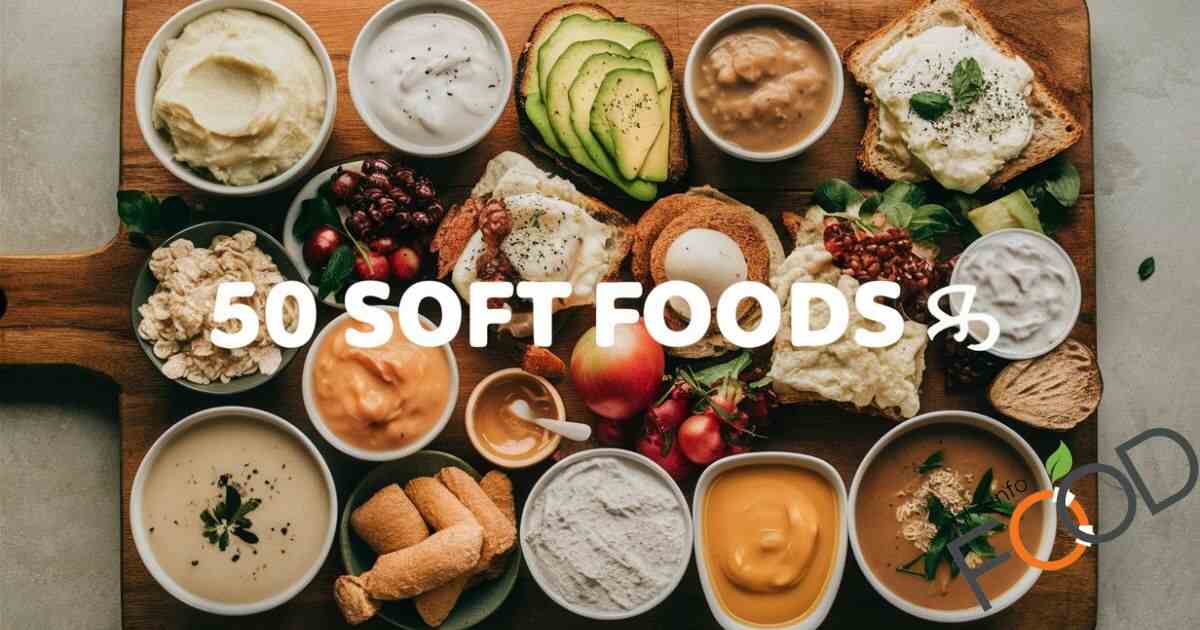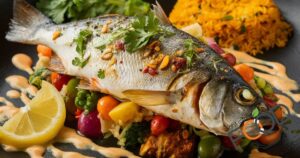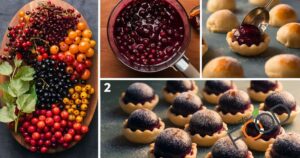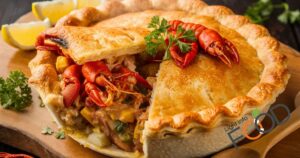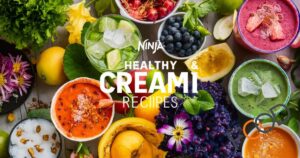After dental surgery, it is important to eat soft foods to aid in healing and avoid irritating the surgical site. Some recommended soft foods include yogurt, applesauce, scrambled eggs, mashed sweet potatoes, smoothies, protein shakes, cream of wheat, oatmeal, pudding, and cottage cheese.
It is important to avoid spicy, acidic, or crunchy foods until your dentist gives the go-ahead. Some tips for preparing soft foods include steaming or boiling vegetables until they are soft enough to mash, and blending fruits and yogurt to create a smoothie. It is also recommended to drink lots of water, avoid using a straw, and gently rinse your mouth with warm, salty water to ease pain and swelling.
Additionally, it is important to avoid alcoholic, caffeinated, carbonated, or hot beverages, spicy foods, and acidic food or beverages, and to not smoke for at least 48 hours after surgery.
Here’s a list of 50 Soft Foods To Eat After Tooth Extraction
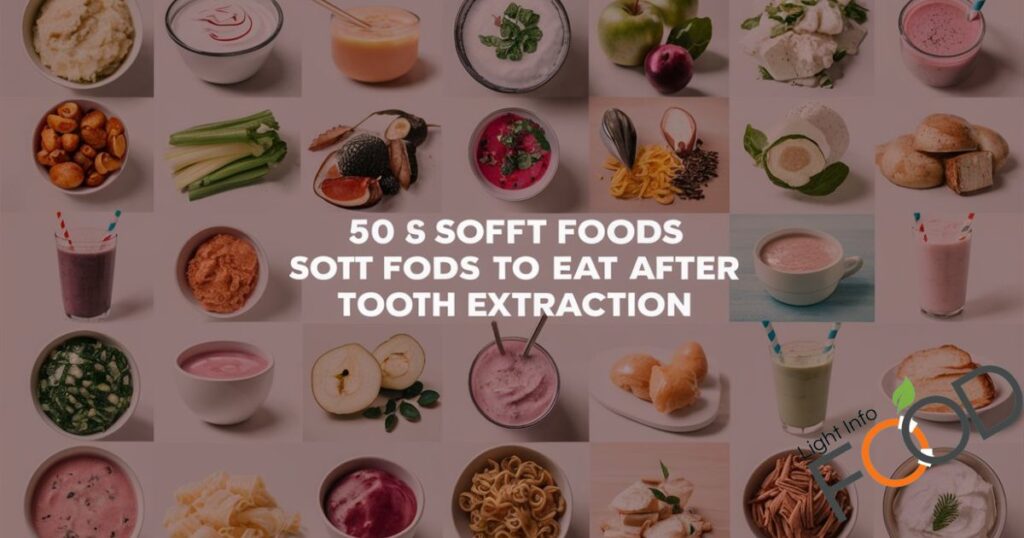
1. Mashed potatoes
2. Applesauce
3. Yogurt
4. Cottage cheese
5. Smoothies
6. Pudding
7. Oatmeal
8. Scrambled eggs
9. Cream of wheat
10. Fruit puree
11. Jell-O
12. Blended soups
13. Hummus
14. Avocado
15. Nut butter (smooth)
16. Soft cheeses
17. Rice pudding
18. Quinoa (well-cooked)
19. Soft-cooked vegetables (e.g., carrots, squash)
20. Chia pudding
21. Porridge
22. Pureed beans
23. Custard
24. Ice cream
25. Gelato
26. Sorbet
27. Poached eggs
28. Silken tofu
29. Macaroni and cheese
30. Mashed sweet potatoes
31. Gravy
32. Applesauce
33. Bananas
34. Canned fruit (in juice)
35. Smoothie bowls
36. Mashed cauliflower
37. Fruit sorbet
38. Blended fruit and yogurt popsicles
39. Tapioca pudding
40. Soft-cooked lentils
41. Egg salad
42. Crab or shrimp bisque
43. Risotto
44. Soft bread soaked in soup or milk
45. Mashed pumpkin
46. Pureed spinach
47. Soft-cooked pasta
48. Steamed fish
49. Creamy polenta
50. Milkshakes
Tips for Preparing and Serving Soft Foods
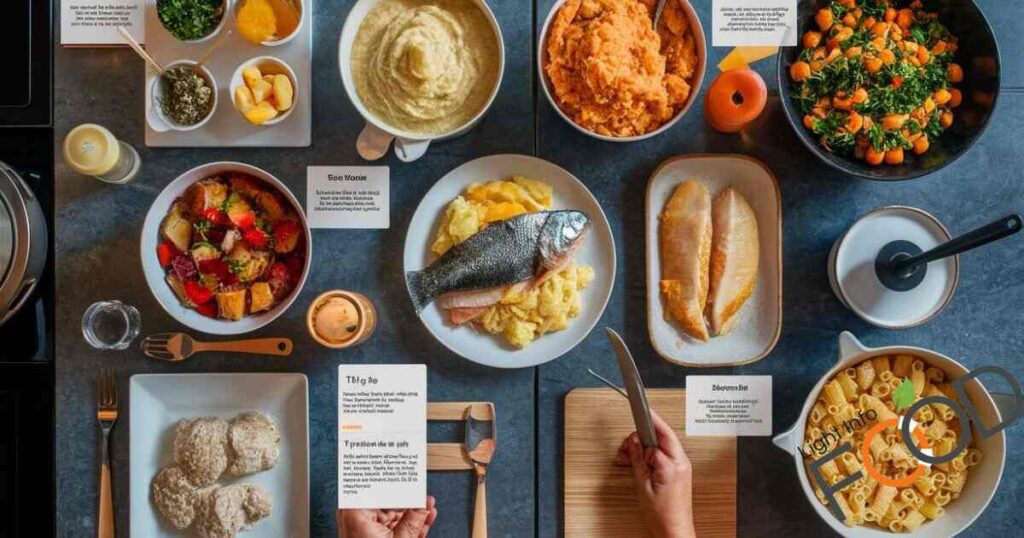
Cooking Techniques for Achieving the Desired Soft Texture:
Blending and Pureeing: Utilize blenders or food processors to create smooth textures for soups, sauces, and fruits Simply Nourish.
Steaming: Opt for steaming to soften vegetables, making them easier to chew and digest.
Boiling: Cook grains, pasta, and legumes until they are soft and easily mashed with a fork.
Mashing: Transform vegetables, potatoes, or fruits into a soft consistency by mashing them thoroughly.
Slow Cooking: Use slow cookers to tenderize meats and create soft, flavorful dishes.
Braising: Cook meat slowly in liquid to achieve tenderness while preserving moisture.
Pressure Cooking: Expedite the cooking process while maintaining softness by using a pressure cooker.
Cooking in Broth: Simmer foods in broth to enhance flavor and maintain moisture.
Soaking in Milk or Broth: Allow certain foods, like bread or grains, to soak in milk or broth for added moisture and softness.
Choosing Tender Cuts: Select tender cuts of meat to minimize the need for prolonged cooking times.
50 Soft Foods To Eat After Tooth Extraction
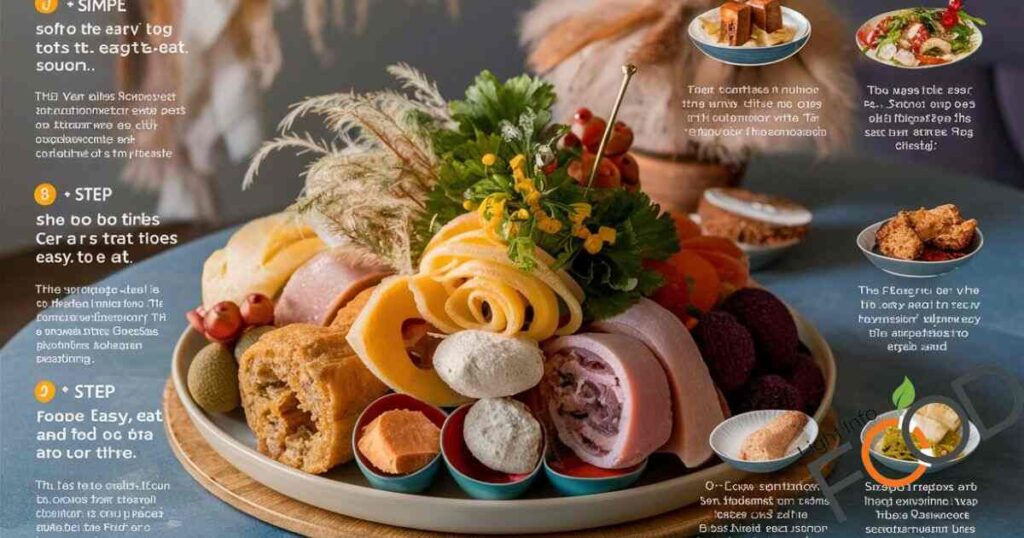
Portion Control and Frequency of Meals:
Smaller, Frequent Meals: Opt for smaller, more frequent meals to ensure a steady intake of nutrients without overwhelming the healing process.
Monitor Portion Sizes: Control portion sizes to avoid strain while chewing and prevent discomfort.
Balanced Nutrition: Aim for a well-balanced diet by incorporating a variety of soft foods from different food groups.
Snack Options: Prepare soft, nutritious snacks to maintain energy levels between main meals.
Hydration: Stay adequately hydrated but avoid excessive consumption during meals to prevent dilution of digestive enzymes.
Hygiene Practices to Prevent Infections During Recovery:
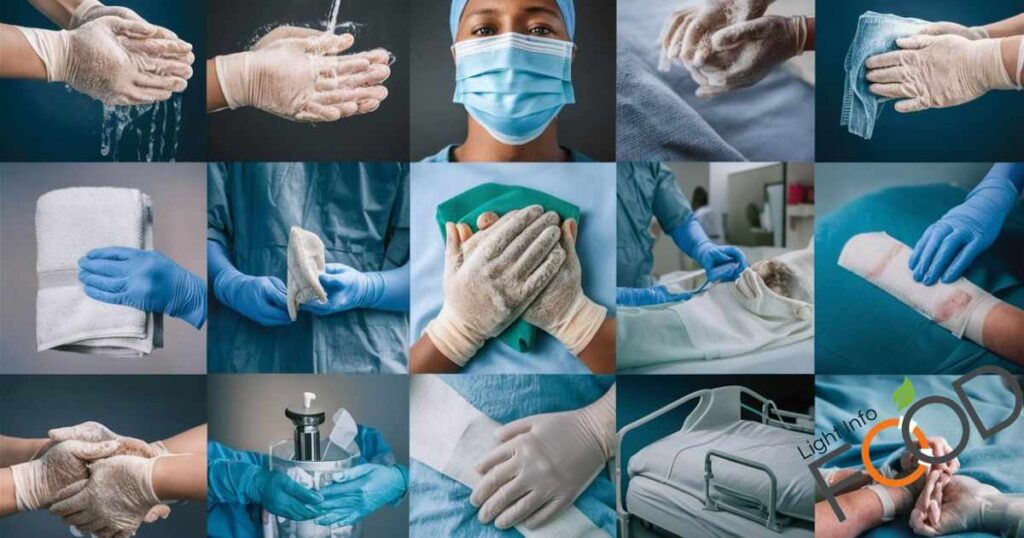
Clean Preparation: Ensure that all utensils, cutting boards, and cooking surfaces are thoroughly cleaned before preparing soft foods.
Hand Hygiene: Wash hands thoroughly before handling food to prevent the introduction of bacteria.
Storage Practices: Refrigerate leftovers promptly to prevent bacterial growth and maintain food safety.
Prevent cross-contamination: By ensuring separate cutting boards and utensils are used for raw and cooked foods.
Well-Cooked Foods: Ensure that all meats and eggs are cooked thoroughly to eliminate any harmful bacteria.
Check Expiry Dates: Verify the freshness of ingredients and discard any expired or spoiled items.
Monitor Temperature: Keep hot foods hot and cold foods cold to minimize the risk of bacterial growth.
Nutrient-Rich Choices: Prioritize nutrient-rich soft foods to support the healing process and overall well-being.
Consult Dietary Restrictions: Consider any dietary restrictions or recommendations provided by the healthcare professional overseeing the recovery process.
Encourage Proper Oral Hygiene: Reinforce gentle oral hygiene practices to prevent infections in the healing oral cavity.
Dos and Don’ts After Tooth Extraction:

| Dos | Don’ts |
| Brush teeth as normal, but be careful around the wound site to avoid bacteria buildup and infection | Consume hot foods or liquids, as they can dislodge the healing tissue over the extraction sockets and cause burns if the mouth is numbed |
| Smoke, as can lead to hypoxia, affecting the tissues’ ability to heal properly and causing infection in the gums and bone | Exercise, as high levels of activity increase blood pressure, affecting the clot and leading to excessive bleeding from the extraction site |
| Take pain relievers and use cold compresses to manage pain and inflammation | Blow the nose or sneeze, as it can create pressure in the head that may dislodge the developing blood clot |
| Elevate the head when sleeping to prevent blood from pooling in the head and prolonging healing time | Take aspirin, as it acts as a blood thinner and can delay clot formation and prevent healing |
| Use saline rinses to kill bacteria in the mouth and prevent infections as the mouth heals | Poke the gap, as it can disrupt clot formation and delay the healing process |
| Follow the dentist’s instructions and take any recommended medications | Use a straw, as the sucking motion can disturb the extraction site and dislodge the blood clot |
| Eat soft foods that do not require a lot of chewing and are unlikely to become trapped in the empty socket | Consume alcohol or carbonated beverages, as they can damage the clot in the extraction site and cause complications |
| Rest and avoid strenuous activities to allow the extraction site to recover fast | Engage in strenuous activity, as it raises blood pressure and affects the clot, leading to excessive bleeding |
| Use gauze on the extraction site to control excessive bleeding | Use tobacco products, as they constrict blood vessels and make it more difficult for the mouth to recover |
| Drink water to keep the extraction site clean and prevent infection | Use a toothpick or other sharp object to clean the extraction site, as it can disrupt the clot and delay healing |
| Apply an ice pack to the affected area to help reduce discomfort | Eat hard or crunchy foods that can disrupt the healing process |
These guidelines are intended to help ensure a smooth and speedy recovery after tooth extraction. Proper care and adherence to these recommendations can help prevent complications and promote healing.
FAQ’s
What Foods Should Be Avoided After Tooth Extraction?
After tooth extraction, avoid hard, crunchy, and sticky foods that can irritate the extraction site or dislodge the blood clot, which is essential for healing. Instead, stick to soft, nutritious foods like yogurt, soup, and smoothies for the first few days.
How Long Should I Follow A Soft Food Diet After Tooth Extraction?
After tooth extraction, your dentist or oral surgeon will typically recommend following a soft food diet for 3-5 days.
During this time, avoid hard, crunchy, or spicy foods that can irritate the extraction site and hinder healing. Stick to foods like soup, yogurt, mashed potatoes, and scrambled eggs that are easy to chew and swallow.
Can I Eat Spicy Foods After Tooth Extraction?
It’s best to avoid spicy foods after tooth extraction for a few days. Eating them can irritate the surgical site and cause discomfort.
Conclusion
After a tooth extraction, it’s important to eat soft foods that are easy to chew and won’t irritate the surgical site. This will help promote healing and reduce the risk of complications. Some examples of soft foods to eat after tooth extraction include yogurt, applesauce, scrambled eggs, and soup. It’s also important to avoid hard or crunchy foods that can damage the extraction site.
In addition, it’s a good idea to plan and have a list of soft foods on hand for the days following the extraction. This will ensure that you have plenty of options to choose from and won’t be tempted to eat something that could potentially harm the extraction site.
Question: Have you ever had a tooth extraction and if so, what are some of the soft foods you ate during your recovery period?
